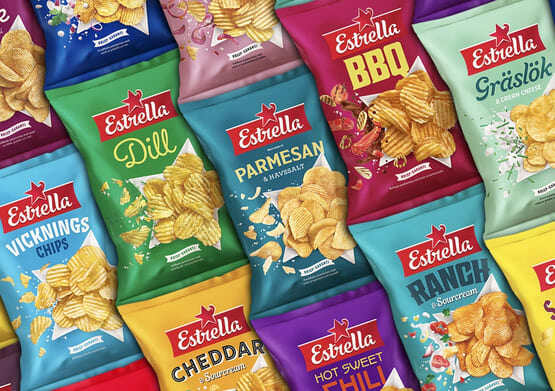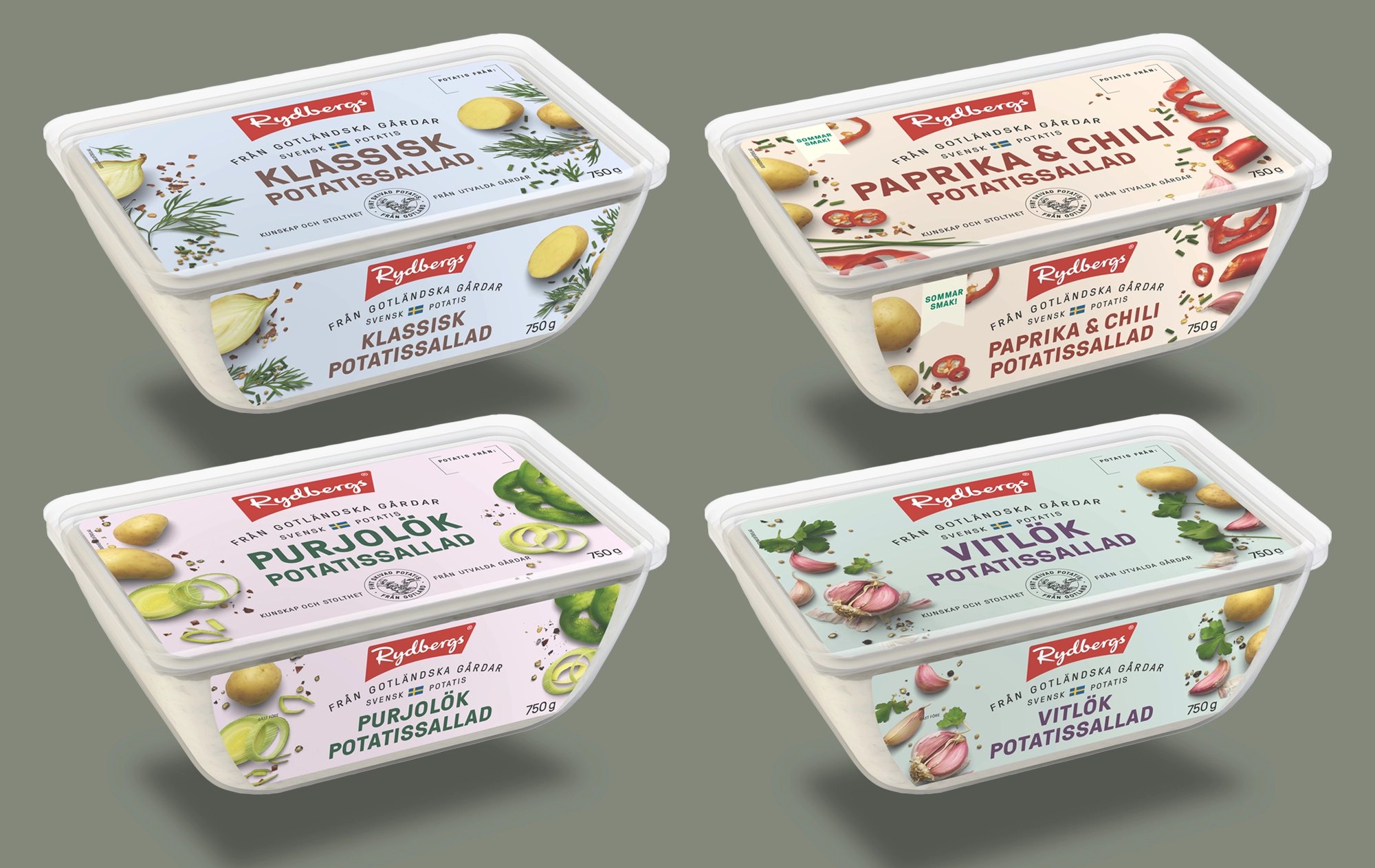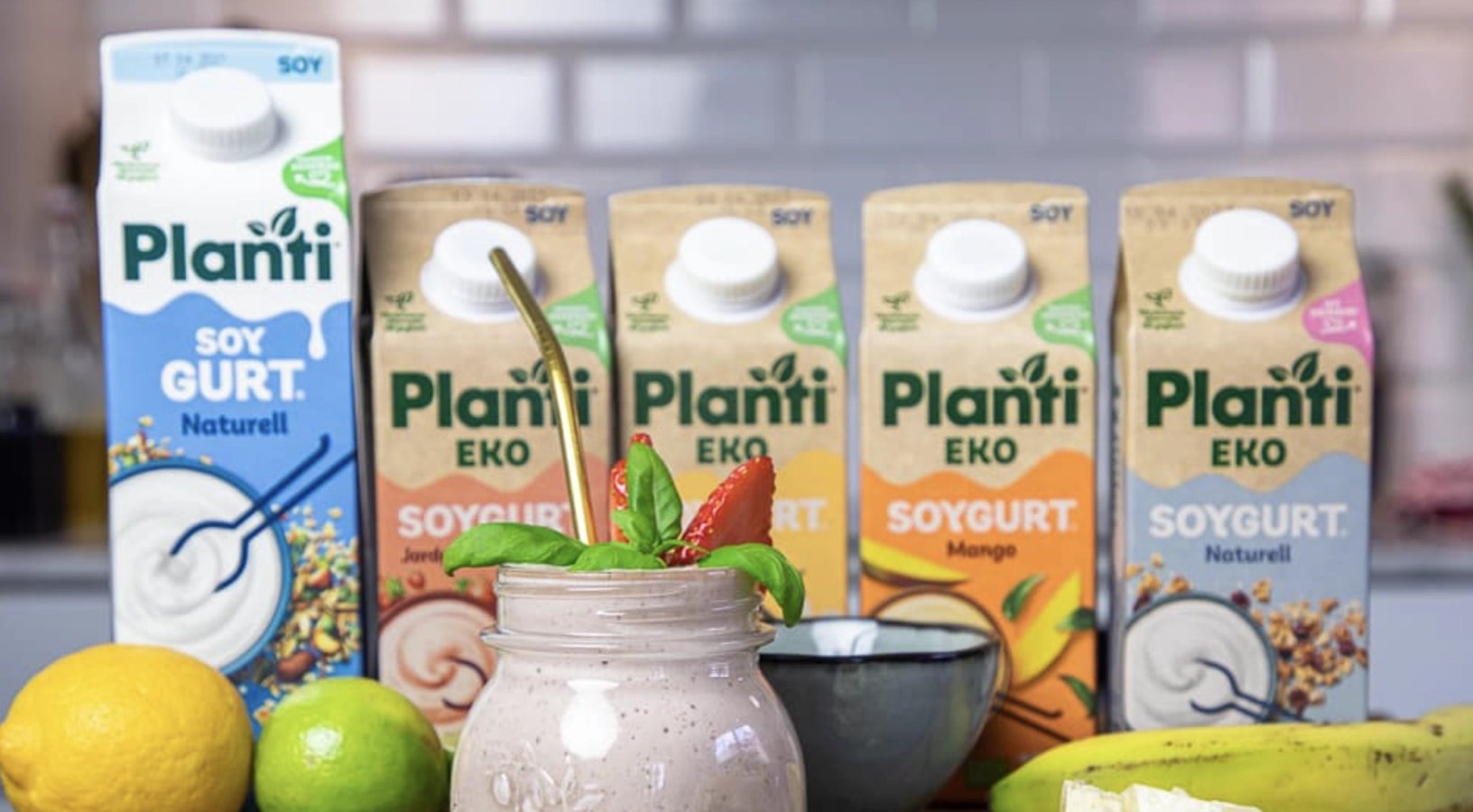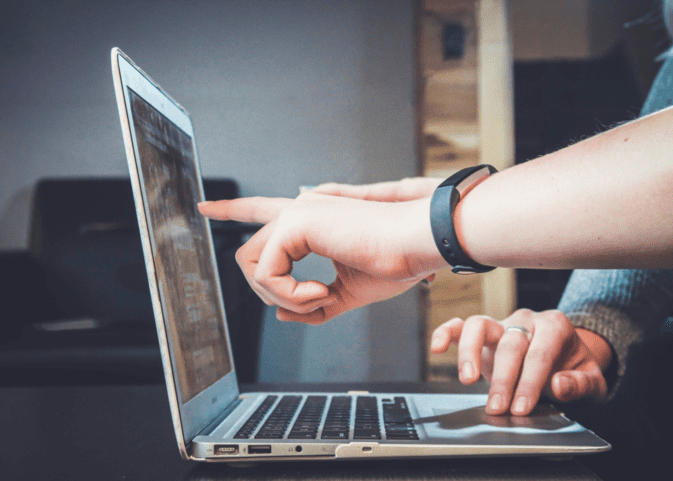11 benefits of online proofing software
Given the whirlwind nature of product launches, where timing is critical and perfection is imperative, ensuring your artwork proofing process is...

Over the last century, packaging has transformed remarkably. Initially, it was simply a means to transport items—often using paper bags or glass bottles—without drawing much attention. Now, it has become a key player in marketing, designed to captivate shoppers' attention amid a sea of competing products on store shelves. It serves as a powerful tool for brand reinforcement, impacting consumers with every product they use from their kitchen or bathroom cabinets.
The evolution of packaging has revolutionized its production process as well, making it a more strategic and comprehensive part of product design and development.
Packaging development is an all-encompassing, innovative, and conscientious process. It integrates every aspect of introducing new or improved packaging to the marketplace, covering everything from initial design and material choices to the graphics on the package. It also includes the manufacturing processes and considers the recyclability and environmental impact at the end of the product's life cycle.
Table of Contents
Today, packaging typically has many roles. Overall, the roles of packaging are diverse and critical to the product's success, encompassing functional, emotional and informational aspects that connect the product with the consumer.
Packaging ensures product integrity by providing protection from environmental and physical damage, streamlining logistics for better handling and supply chain efficiency, and preserving perishable goods by shielding them from air, moisture, and other contaminants.
Packaging enhances usability and consumer satisfaction by offering convenience through features like resealable bags and easy-open lids, creating memorable unboxing experiences that positively shape brand perception, and aiding in portion control to manage serving sizes and minimize waste.
Finally, packaging serves as a crucial marketing and branding instrument by drawing attention on shelves, conveying brand values, and setting products apart from competitors with distinctive design elements. It also reinforces brand identity through consistent logos, colors, and designs, making brands instantly recognizable to customers. Additionally, packaging delivers essential information, such as usage instructions, ingredients, nutritional facts, expiry dates, and warnings, serving both regulatory requirements and enhancing consumer knowledge and convenience.
The roles of packaging development and graphic design are crucial. But what does their creation entail, and what steps are involved in the process? This serves as a fundamental guide to the entire packaging development journey, highlighting key considerations and introducing beneficial packaging development software.
The journey of packaging from concept to consumer involves five crucial stages, each presenting unique challenges that affect the product's overall success.
Navigating these stages effectively often necessitates the involvement of skilled professionals to ensure that the packaging meets market demands and supports the brand's marketing objectives.
Given the critical role of packaging development in business success, many major brands manage this specialized function in-house. However, external entities, typically the packaging manufacturers, are also instrumental in this process. For products acquired from third parties, packaging is usually provided. Moreover, a plethora of helpful software exists to aid in packaging development, details of which are provided at the article's conclusion.


In conjunction with developing the physical packaging, the on-pack design is also crafted. The packaging design and development process is a structured and creative journey, typically encompassing five essential steps. Each step plays a vital role in developing packaging that is not only visually appealing but also functional and aligned with brand and market requirements.
The packaging design and development process invariably involves specialists, usually in packaging design and artwork management, to steer the creative process and address strategic project management concerns, as well as to execute the artworks derived from the master design, ensuring the design's fidelity through to the printing stage. Collabra provides a central hub with a broad range of expertise, encompassing project managers and coordinators to graphic designers and printing professionals.
The article “Product Packaging Software” highlights a suite of packaging development software designed to manage each step of the process from product conception to the final on-shelf packaging. These tools facilitate tasks such as construction, design, visualization, and artwork management.
Collabra utilizes Cway, an artwork management software, for the development and validation of on-pack designs. Cway oversees the entire packaging design lifecycle, streamlining planning, file storage, collaboration, and the online review of artworks. With its array of time-saving features, Cway accelerates the process of bringing packaging to the market.
In summary, the packaging development process is a balance of creativity, practicality, and strategic thinking, requiring careful attention to detail, market insights, and brand considerations to create successful packaging.
Packaging development is an all-encompassing, innovative, and conscientious process. It integrates every aspect of introducing new or improved packaging to the marketplace, covering everything from initial design and material choices to the graphics on the package. It also includes the manufacturing processes and considers the recyclability and environmental impact at the end of the product's life cycle. Specialized packaging development software is available to assist with every phase of the process.
Packaging development plays a crucial role in ensuring product protection, providing consumer information, enhancing convenience, and promoting the brand. It involves designing packaging that safeguards the contents, communicates effectively with customers, facilitates ease of use and distribution, and aligns with environmental sustainability goals.
Examples of artwork management processes:
Updating current artwork:
Creating new artwork from master design:
The physical packaging journey from concept to consumer includes five key stages:
Selecting Material and Manufacturing method
Tailoring packaging to product needs
Safe and efficient Transportation
Packaging Durability
Packaging User experience
The graphical packaging design and development includes:
Research and Analysis
Concept Development
Design and Master
Feedback and Revision
Finalization and Production Readiness

Given the whirlwind nature of product launches, where timing is critical and perfection is imperative, ensuring your artwork proofing process is...

In the fast-paced world of design and product development, creating effective design feedback loops is essential. It's not merely about refining...

In the ever-evolving world of packaging design, the line between form and function blurs, transforming ordinary containers into extraordinary...